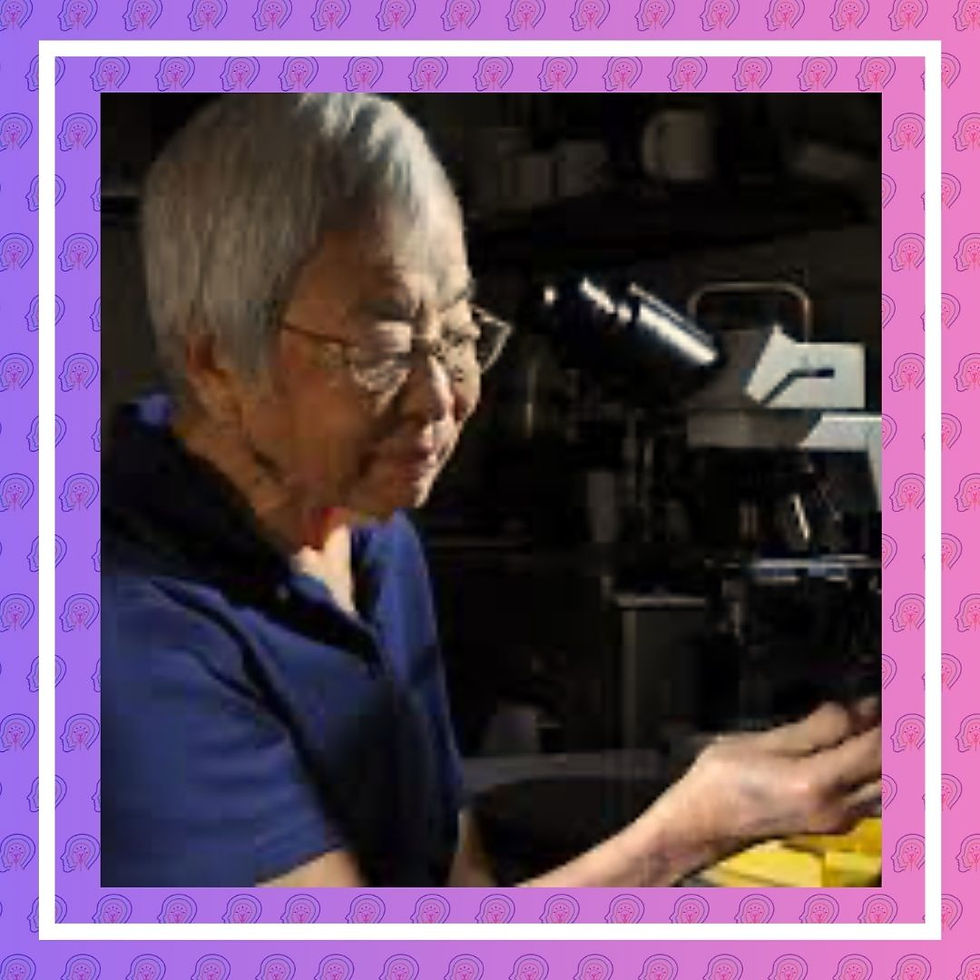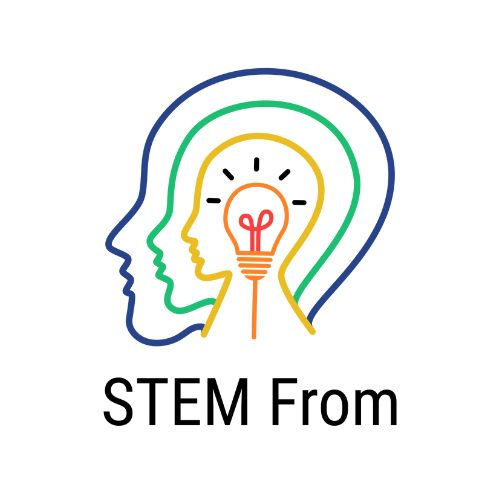May is Asian American and Pacific Islander Heritage month! To kick things off, we at STEMFrom want to highlight several outstanding individuals and celebrate their contributions to STEM as a whole!


Subrahmanyan Chandrasekhar
Born in Lahore, India (now Pakistan) on October 19th, 1910, Subrahmanyan Chandrasekhar was the classic definition of a child prodigy. Following in the footsteps of his uncle, Sir Chandrasekhara Venkata Raman who won the Nobel Prize in Physics in 1930, Subrahmanyan spent much of his life in the science field. He was responsible for the conception of the Chandrasehkar “Chandra” limit, which states a star having a mass more than 1.44 times of the Sun can not and does not form a white dwarf star. Typically, the star continues to collapse and sheds its gaseous envelope in a supernova explosion. The result of this is a neutron star. Bigger stars continue to collapse until they become black holes.
Despite his original work being first overlooked by his peers and coworkers, he pushed on at the University of Chicago, going from an assistant professor to a distinguished service professor of astrophysics in years. He would go on to receive several awards and publish more than five books before his death in 1995.
Learn more:

Ajay Bhatt
Responsible for co-developing Universal Series Bus (USB) technology, Indian American Ajay Bhatt initially pitched his ideas to Microsoft and Apple with little success. He would eventually be picked up by Intel, who gladly accepted his idea. He received his first degree at Maharaja Sayajirao University of Baroda before achieving his master's at The City University of New York. He currently holds 34 technology and computer-related patents and is still advancing his knowledge and techniques today.
Learn More:

Kalpana Chawla
Born in the small town of Karnal, India, Kalpana Chawla always held an affinity for outer space. She spent much of her childhood telling family and friends of her dreams to reach the stars herself. Following her graduation from Punjab Engineering College in 1982, she immigrated to the United States to further her education. She received her master of science degree in aerospace engineering at the University of Texas in 1984, and her doctorate of philosophy in aerospace engineering at the University of Colorado four years later. She would go on to enroll into NASA’s Ames Research Center in California, before joining Overset Methods Inc. where she took the helm of vice president and research scientist. NASA selected her as an astronaut candidate in 1994. There on, she became the first Indian woman to go to space. She would go on two missions before the Columbia shuttle tragedy that took her life. Her legacy is irrefutable, especially to girls and women in STEM, many of which she actively encouraged to pursue their dreams regardless of other’s opinions while she was alive.
Learn More:

Roseli Ocampo-Friedmann
Originally from the Philippines, Roseli Ocampo-Friedmann was a microbiologist and botanist dedicated to studying extremophiles and cyanobacteria. Following her college education at Hebrew University and Florida State University, Ocampo-Friedmann and her husband travelled to Antartica’s desert regions to better understand extremophiles and the conditions they live under. Her discoveries would later be praised and cited by NASA in their search for vitality on Mars. She spent the remainder of her life travelling the world, where she collected over one-thousand microorganisms and data regarding them. She will always be remembered for her ambition and commitment to knowledge.
Learn More:

Fei-Fei Li
Effortlessly settling into her newfound title as the Godmother of AI, Fei Fei Li’s enigmatic nature and love of discovery are integral to the STEM community and its future. Born in Beijing, China, Fei-Fei Li and her mother moved to America to join her father in 1976. A natural academic with a knack for curiosity, Li excelled in her high school and college studies. She completed an undergraduate degree at Princeton University for Physics and her graduate studies at the University of California.
Li has held several prominent jobs over her career, ranging from assistant professor to the recent announcement of her joining the UN’s Scientific Advisory Boad. She boasts uncountable contributions to research in AI, computer vision, computational neuroscience, and much more. Her current focus is taking the power of artificial intelligence out of the wrong hands and placing it in more capable and diverse ones. She aims to expand the STEM field far beyond the white men that currently dominate it.
Learn More:

Isabella Abbott
The first Hawaiian woman to receive a PHD, Isabella Abbott was an expert on Pacific seaweeds. As a child, she adored the edible and versatile seaweed her mother would often collect and cook. This ripened her curiosity regarding the organism’s functions and more. She pursued her education first at the University of Hawai’i in Mānoa, then the University of Michigan, and finally, her doctorate at the University of California, all with a focus on botany.
Following her marriage to fellow student Donald Putnam Abbott, she briefly settled for raising their child and observing the seaweed along the California coast. In 1966 she would end up a research associate at John Hopkins, where her research led to being awarded the Darbaker Prize by the Botanical Society of America in 1969. She would spend the rest of her career before retirement as a professor, receiving many awards, and writing eight books and over one hundred publications. She worked closely with fellow Hawaiian scientists, working hard to preserve their culture’s oral history and knowledge that was easily threatened by the prospect of colonialism. Her studies and contributions to botany and marine science are still relevant today.
Learn More:
While May is AAPI Heritage Month, these individuals and their impact on STEM should be celebrated all year! Subscribe to our newsletter for more enriching posts like this, guidance on navigating STEM careers, and much more!
Who would you like to learn more about?
Subrahmanyan Chandrasekhar
Ajay Bhatt
Kalpana Chawla
Roseli Ocampo-Friedmann




Opmerkingen